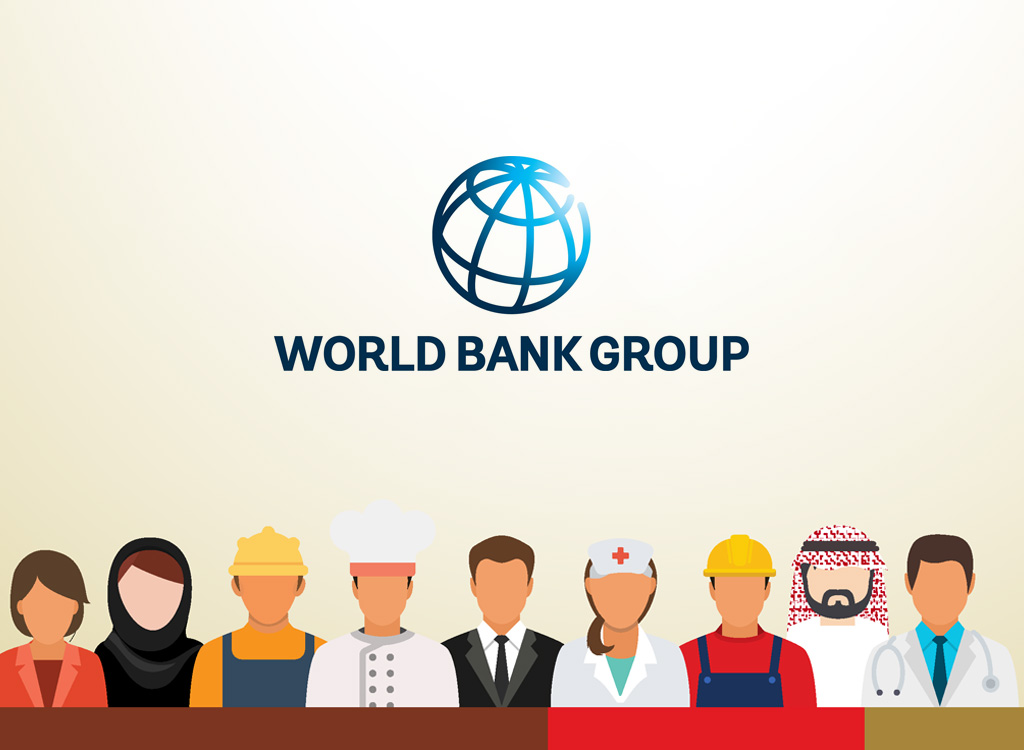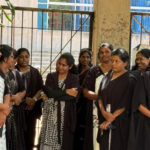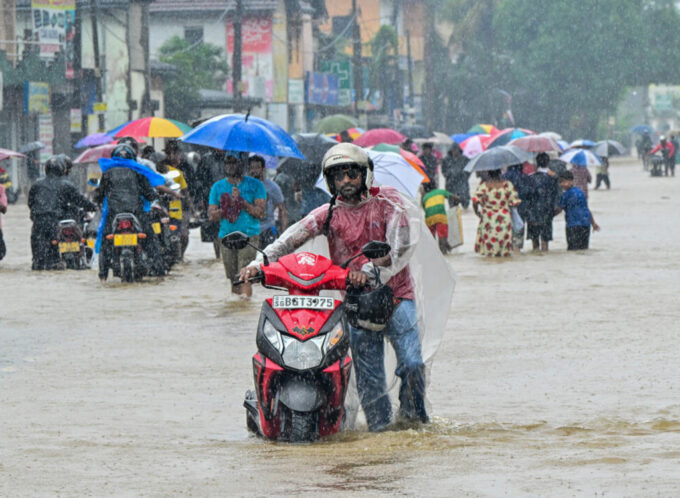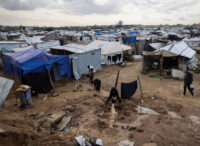Sri Lanka’s much-touted economic recovery has so far failed to restore labour force participation (LFP) to pre-crisis levels, with women and urban workers bearing the brunt of a continued decline, according to the World Bank’s latest Sri Lanka Development Update released this week.
Despite a slight uptick in early 2025, participation rates remain worryingly low after a steep 4.9 percentage point drop between 2019 and 2024—a decline that deepened a longer-term downward trend from 53.8% in 2015 to just 49.7% in the first quarter of this year.
Urban areas and female workers have been hit hardest, with female participation falling from 34.5% in 2019 to 29.8% in 2024, improving only marginally to 32% in 2025, while urban participation remains well below pre-crisis levels at 47%.
Employment gains in services and industry sectors offer little comfort, rising only modestly, reflecting a labour market still struggling to generate meaningful and inclusive job growth.
The World Bank’s report also highlights ongoing economic vulnerabilities. While poverty is expected to ease slightly from 24.9% in 2024 to 22.4% in 2025, high food prices continue to place severe pressure on households.
Furthermore, around 10% of Sri Lankans remain precariously close to the poverty line, underscoring the fragile nature of the recovery.
Overall, the data paints a troubling picture of a labour market and economy still grappling with deep structural challenges, with the most vulnerable yet to see tangible improvements.











Leave a comment